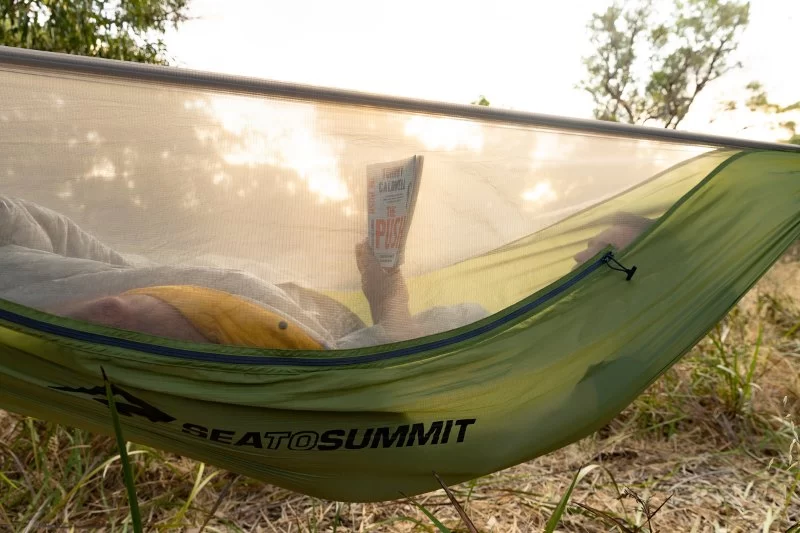- understanding-earthquake-risks-in-hammock-camping - Understanding Earthquake Risks in Hammock Camping
- choosing-a-safe-campsite-in-seismic-zones - Choosing a Safe Campsite in Seismic Zones
- earthquake-preparedness-and-essential-gear - Earthquake Preparedness and Essential Gear
- real-life-cases-of-earthquake-survival-while-camping - Real-Life Cases of Earthquake Survival While Camping
- building-a-personal-earthquake-response-plan - Building a Personal Earthquake Response Plan
Understanding Earthquake Risks in Hammock Camping
While hammock camping offers an elevated, comfortable way to sleep outdoors, it’s not without unique risks—especially in earthquake-prone areas. Unlike tent camping, where your shelter is on the ground, a hammock’s suspension system relies on nearby trees or sturdy posts, which can become hazards during seismic activity. An earthquake could cause trees to sway violently, drop branches, or even uproot, posing serious dangers.
For campers visiting areas along active fault lines, such as parts of California, Alaska, or the Pacific Northwest, it’s important to evaluate the environment carefully before setting up. Understanding the local seismic history and paying attention to geological features can greatly reduce the risk of harm.
Choosing a Safe Campsite in Seismic Zones
1. Avoid Hazardous Tree Conditions
Select trees that are healthy, deeply rooted, and free from dead branches. A quick pre-camp inspection for cracks in the trunk, signs of disease, or leaning angles can save you from potential disaster during an earthquake.
2. Stay Clear of Rockfall Areas
If camping in mountainous or canyon regions, avoid placing your hammock beneath cliffs or unstable rock formations. Even small tremors can dislodge rocks and debris, making these areas especially dangerous.
3. Proximity to Open Space
Choosing a hammock site near open ground can provide a safer escape route if seismic shaking becomes intense. You should have a clear path to move away from falling objects quickly.
Earthquake Preparedness and Essential Gear
Earthquake Survival Kit for Hammock Campers
Your emergency kit should include a headlamp, whistle, first-aid supplies, water filtration, multi-tool, thermal blanket, and high-calorie snacks. Store these in an accessible spot, not deep inside your hammock gear bag.
Secure Your Hammock and Gear
While your hammock won’t prevent earthquake motion, ensuring straps and anchor points are stable reduces the risk of unexpected falls. Avoid tying hammocks to trees that are too close together, as their movement could be amplified in a quake.
Stay Informed with Local Alerts
Carry a portable radio or use a smartphone app with offline capabilities to receive real-time earthquake alerts and evacuation instructions.
Real-Life Cases of Earthquake Survival While Camping
In 2022, a group of hammock campers in a remote forest in British Columbia experienced a magnitude 5.1 earthquake. By having their gear pre-packed and choosing sturdy, well-rooted trees away from rock hazards, they were able to evacuate safely within minutes of the tremor starting.
Another case involved a solo camper at Pine Cliff Resort who felt seismic tremors at night. Thanks to prior planning and an established safety route, the camper relocated to a nearby open field in less than two minutes, avoiding any injury from falling debris.
Building a Personal Earthquake Response Plan
Know Your Escape Routes
Before sleeping, identify multiple exit paths and mentally rehearse the steps you’ll take during an earthquake. The faster you can act, the safer you’ll be.
Coordinate with Fellow Campers
If camping with a group, establish meeting points and communication signals. A whistle blast pattern or flashlight signal can be life-saving if visibility is low.
Post-Quake Safety Checks
After shaking stops, inspect trees and gear for damage before returning to your hammock. Be aware of aftershocks, which can be almost as dangerous as the initial quake.
For campers who want both adventure and peace of mind, Pine Cliff Resort offers earthquake safety workshops and recommended hammock-friendly zones that minimize seismic risks.







